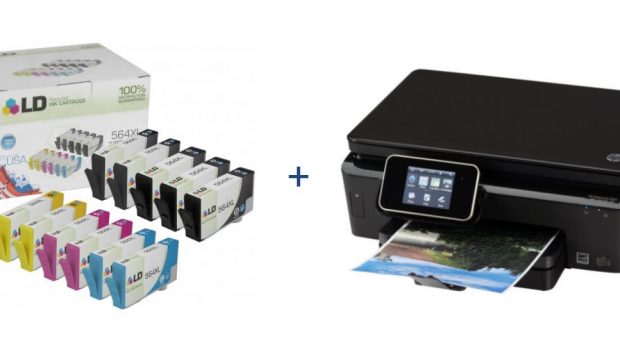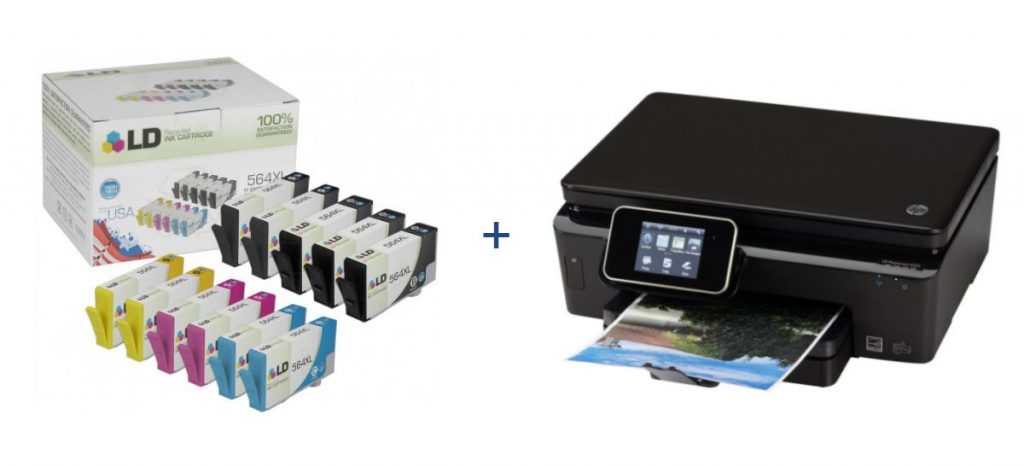How to choose the perfect aftermarking ink solutions for your printer
Printing is a versatile process. It can be performed with a wide range of fluids and not only with ink. Whether you use A3 photo paper for printing or any other material, different types of inks and fluids can work amazingly on it. Don’t worry if you are a neophyte in this field, just select according to your need and be open to experiments.
The two most common types of inks used for large format applications are solvent and aqueous. On the other hand, dye sublimation is another popular ink type that is used in transfer and textile printing.
Let’s discuss some types of ink that are used for printing:
Conversions and Aftermarket Inks
Most printers use a specific type of inks and one cannot swap them around. According to me, using the same type of ink from a different ‘aftermath’ is a good way to save money, as you receive cheap bulk prices.
Most printer manufacturers might not be willing to offer you as they gain most of their profits from their ongoing sales. They try to discourage this by offering contracts that include long-term lease, or by simply terming their warranty as a void in case, you don’t use their ink.
1. Dye Sublimation
This ink is preferred for textile or coating on solid objects, usually done by piezo heads. After the paper dries, it is pressed against the polyester materials and heated. However, this is a process that needs experience and skill to perform accurately.
Direct dye sublimation printing is another way to use this ink type. In this, the material is first fed directly into an inkjet printer and then on a textile. After this, the material is fixed in a roller.
Note: it is cannot be used for anything that does not include polyester.
2. Aqueous Ink
This ink is made with either pigments or dyes. The dyes are bright but they easily fade away and on the other hand, pigments cost more but resist fading. If you are using this ink for photography, a quality pigment is exactly what you need. Using it on a photo paper is a good decision as the ink stays over it for over a decade.
3. Strong Solvent
The results of this solvent are very durable and it works great with billboard papers. Due to its volatile solvent, it is extensively used for signage application. The solution gets easily absorbed in the plastic and is locked in it as the solution evaporates.
The reason why this ink can’t be used for indoor material is because the ink has a strong smell for a long time after printing. Strong solvents are more volatile and cure quicker than eco-solvents.
Ink selection broadly depends on its use. Most inks that are used outdoor cannot be used indoor. For instance, for A3 photo paper, the inks used will be different from that of the textile one. One should select the ink keeping in mind the needs and requirements. Make sure you are aware of the pros and cons of different inks used for inkjet and other types of printers.
Make the most from your ink and choose nothing less than the best!
















